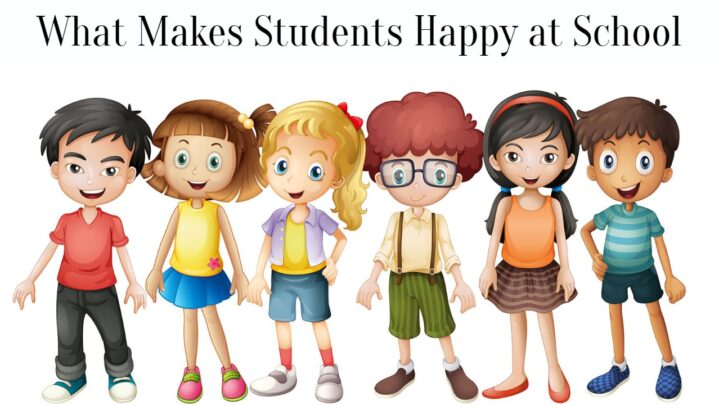Every teacher wants joyful students in the classroom. This may be done without sacrificing your pupils’ academic progress or personal development. So how do you strike a balance between joy and education? Continue reading to learn 5 suggestions for creating a joyful classroom.
1. Children must feel secure.
A classroom has to be under control to be secure. A teacher must implement rules and procedures to support students’ emotional, social, and physical safety. Be stern yet fair. Give children a voice in the classroom and pay attention to what they have to say. Show your kids how to act by doing it yourself. This implies that you must lead by example so that they will do the same.
2. Students must sense their worth.
Get to know the pupils as people. You must have a good relationship with them to create a joyful classroom. Try to speak with a misbehaving pupil in private whenever possible. Publicly humiliating a pupil will only make matters worse. If students sense that you are not interested in them, they won’t care as much about the lesson. But if people know that you care, they will be more ready to listen to what you have to say.
3. The students must feel successful.
You must use every effort as a teacher to guarantee your students’ academic success. Technology and teamwork should be used when suitable. When providing assignments, be sure to make your expectations clear. If required, give helpful criticism. Above all, remember to recognize and appreciate accomplishments.
4. Make jokes.
Employ humor wherever possible in the classroom. Who doesn’t want to laugh, after all? Share a joke, a lighthearted tale, or a memorable event. Try not always to take things too seriously. You may make connections between any subject you are teaching and actual events to increase student engagement.
5. Make time to have fun.
The growth of a youngster depends on playtime. It fosters their mental, social, and emotional development. Playing is a fantastic way for youngsters to express their creativity, explore new things, and develop social skills. Naturally, everything has its place and too much of anything is bad. The best solution is to know when to play.
For many instructors, making the classroom cheerful is a frequent objective. Include play, comedy, and enjoyment while making sure that there is also time for concentrated study. Ensure that each kid feels pushed by attainable goals, protected, appreciated, and successful.





